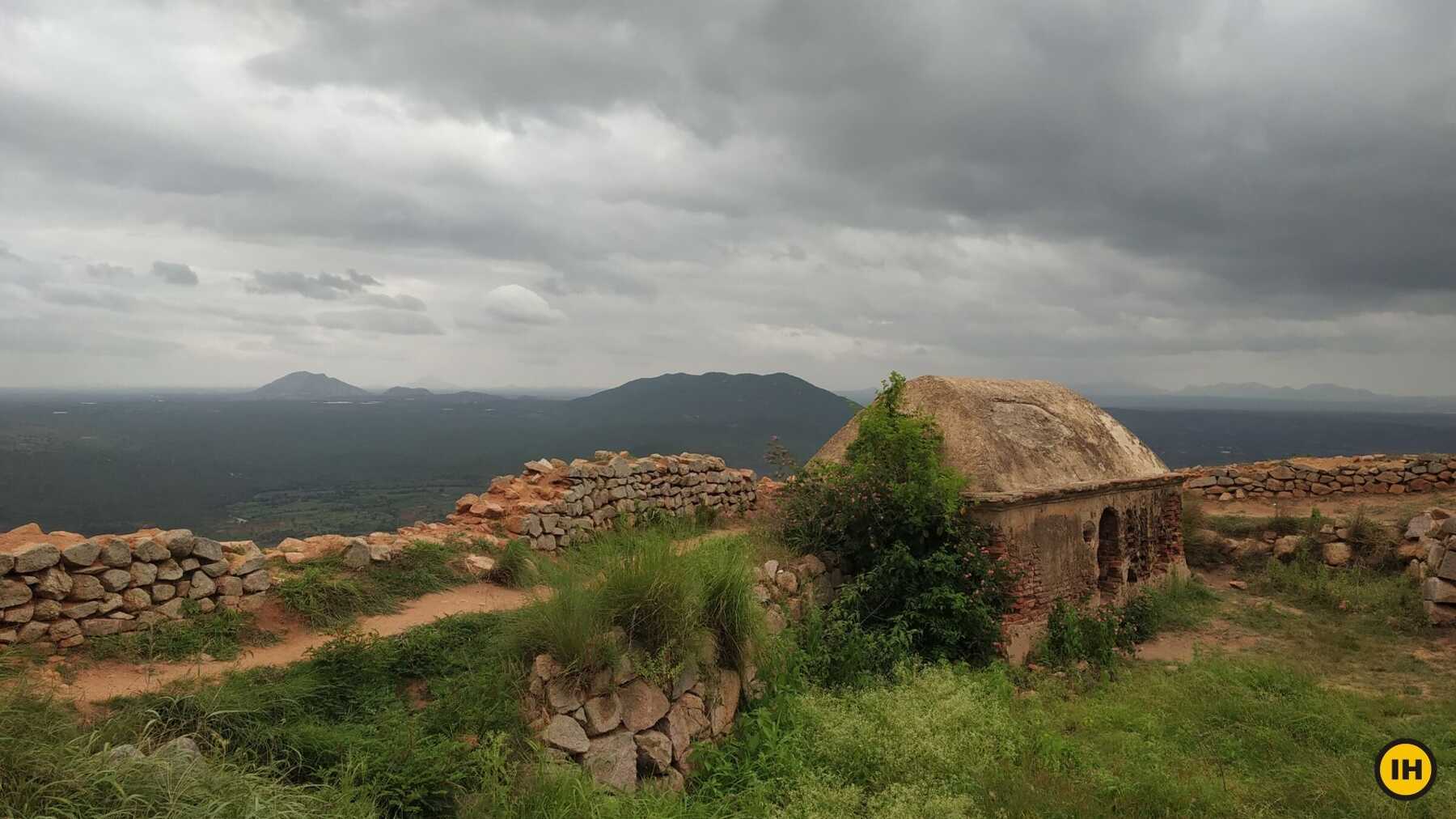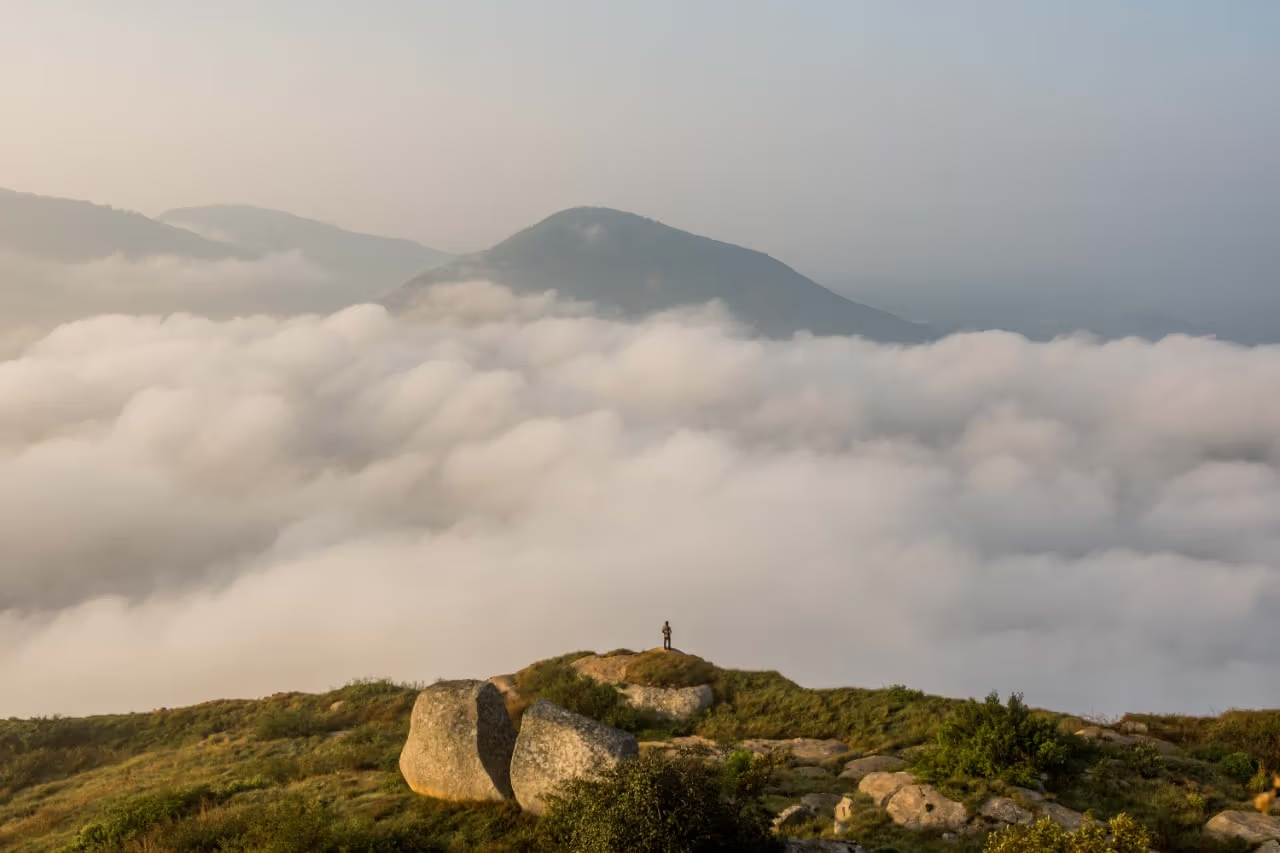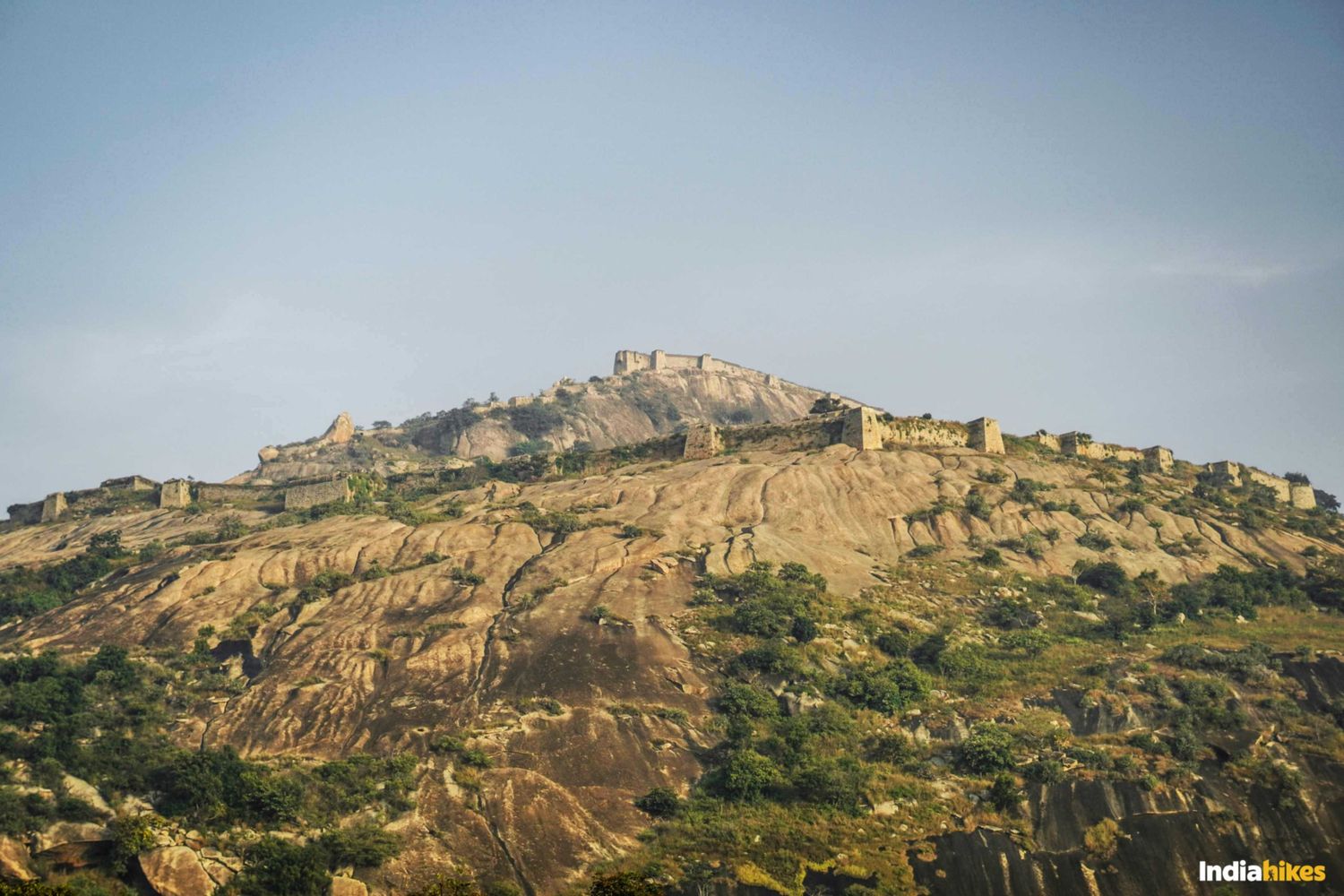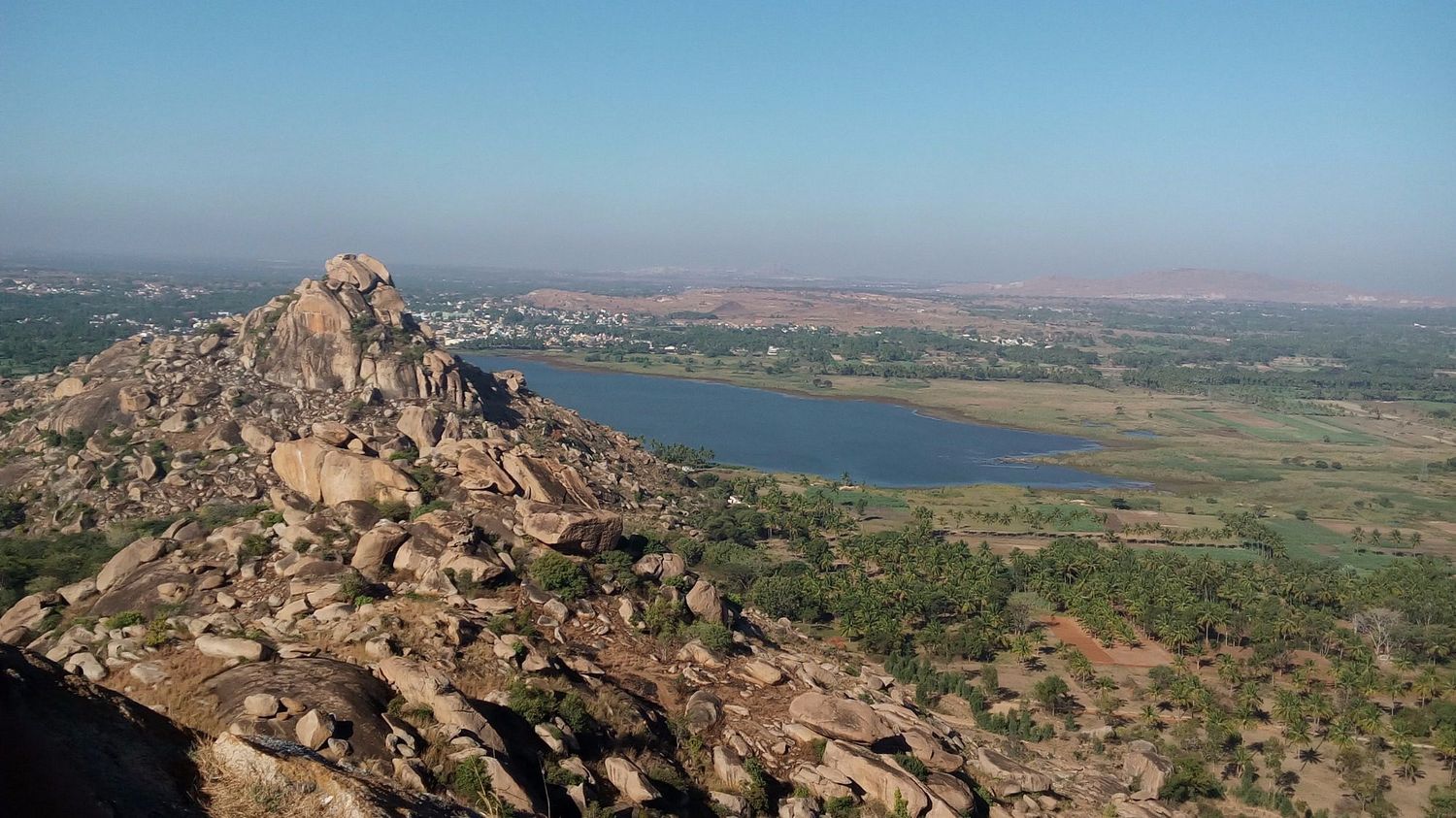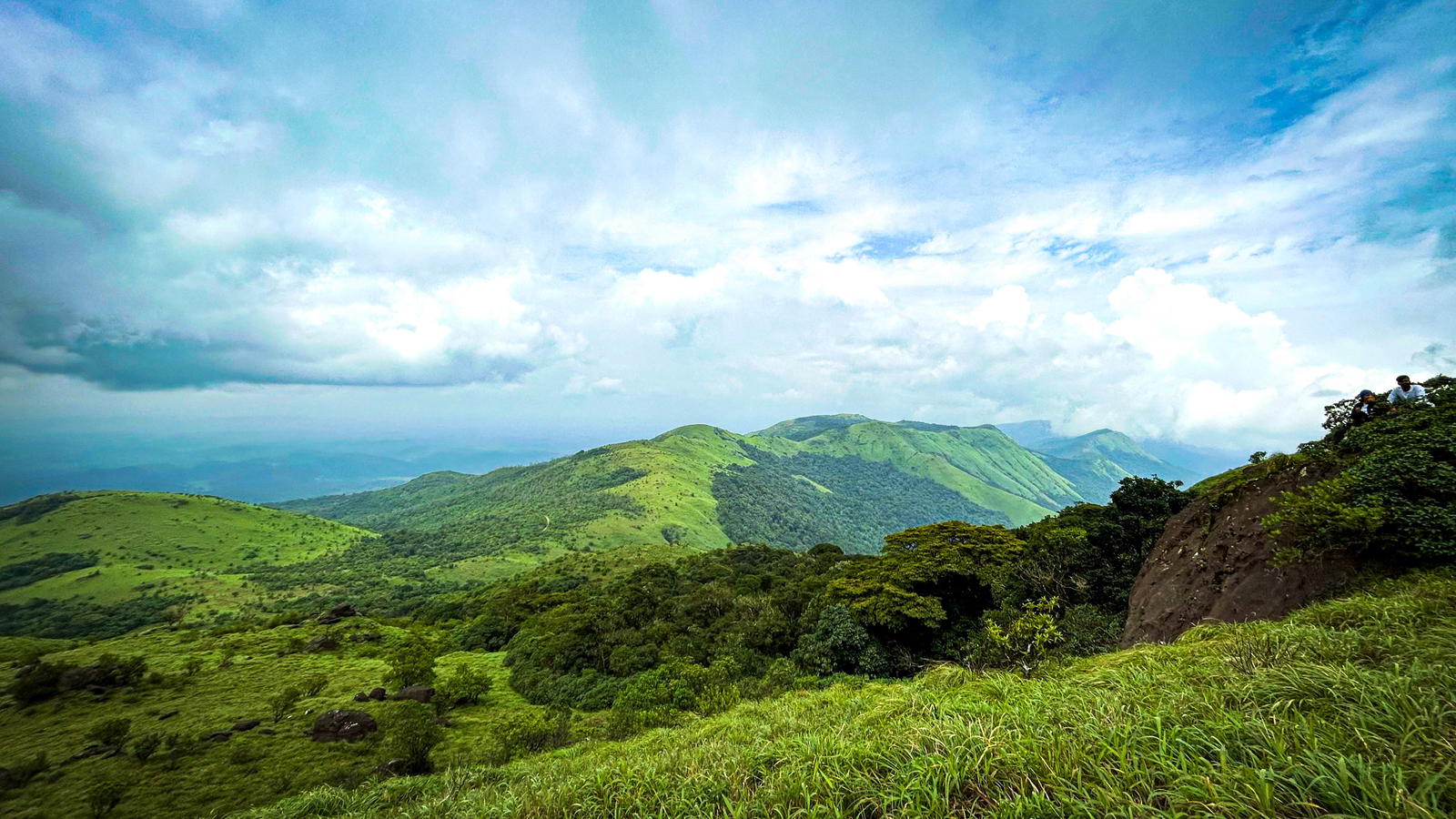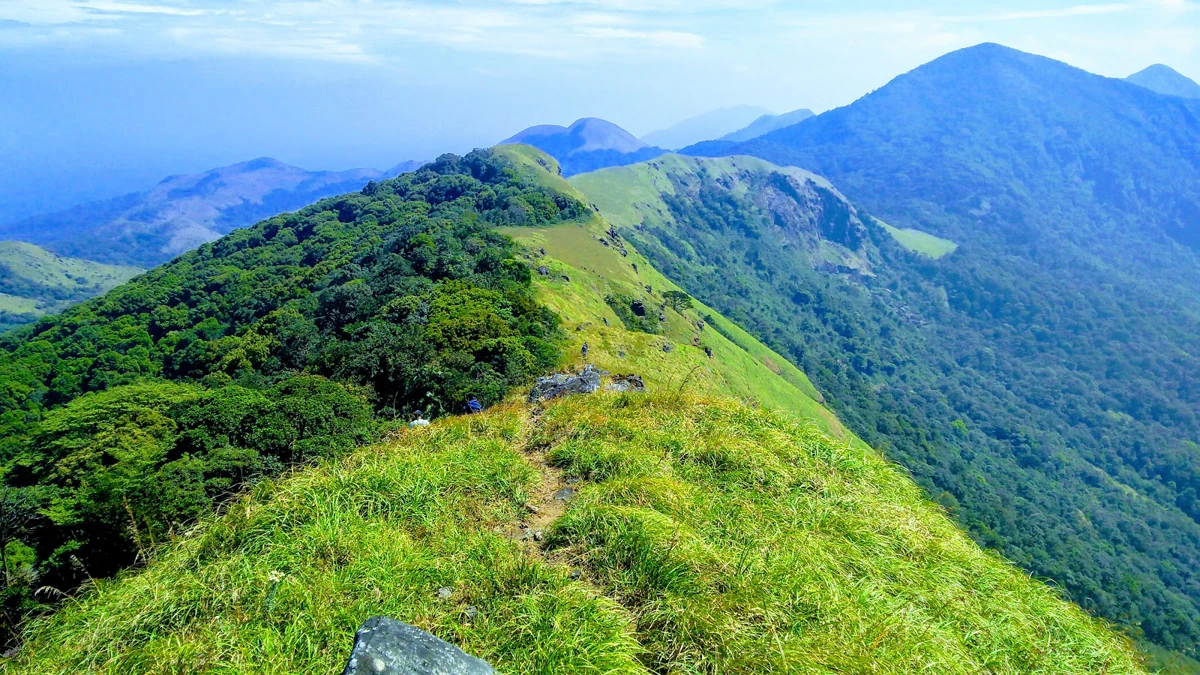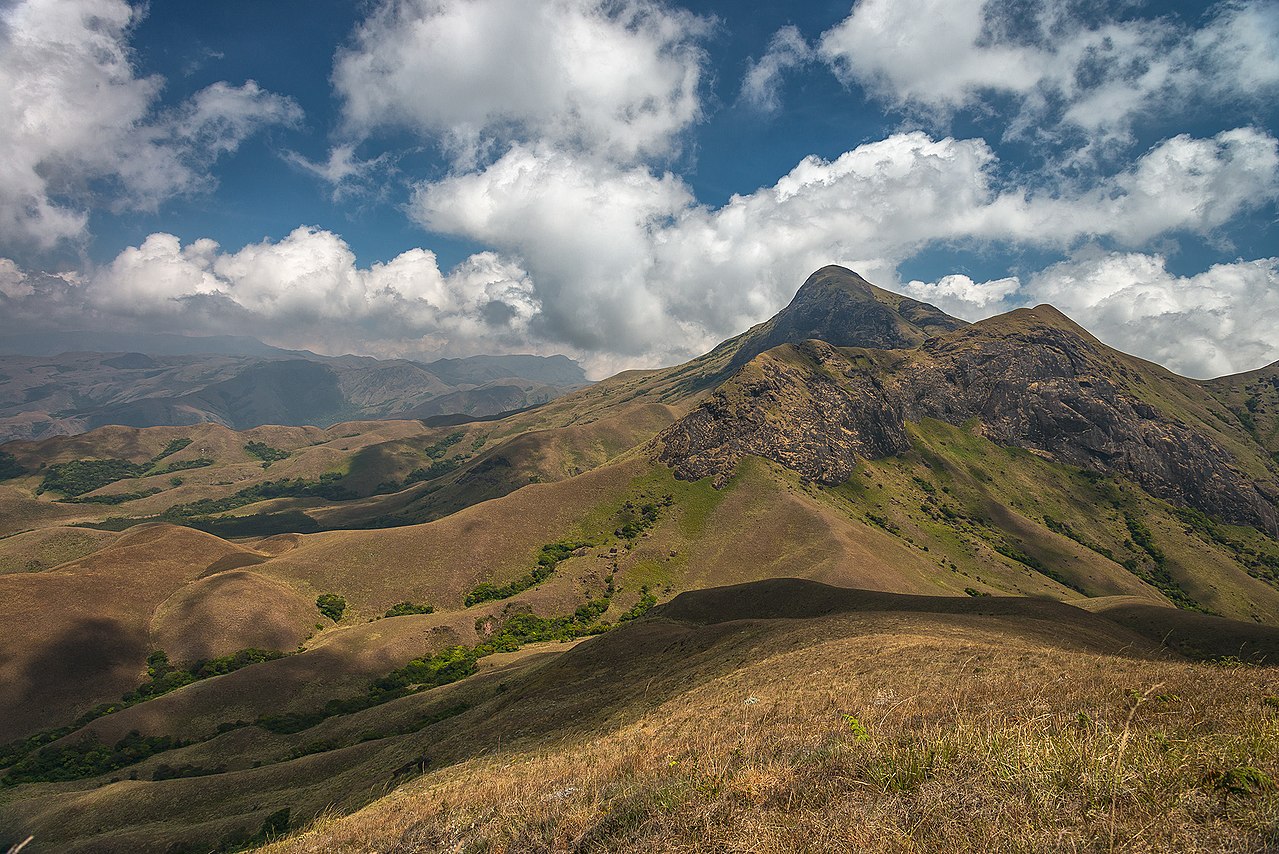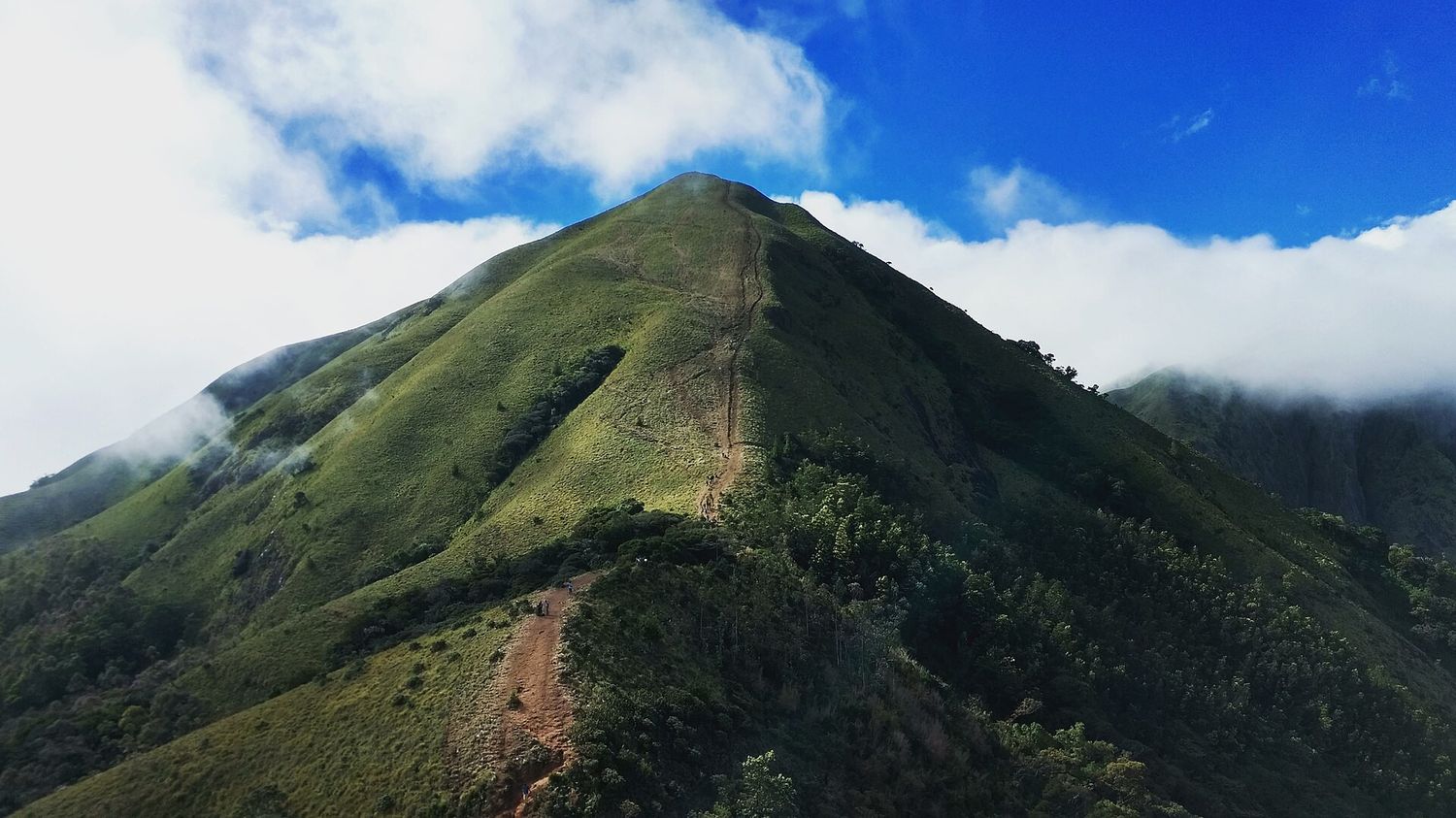Savandurga Trek: Conquer Asia’s Largest Monolith
The Savandurga Trek is one of the most thrilling one-day treks near Bangalore, located about 60 km away on Magadi Road. Rising to an altitude of 4,022 ft, Savandurga is considered Asia’s largest monolith (single rock formation). The hill consists of two prominent peaks—Karigudda (Black Hill) and Biligudda (White Hill)—surrounded by dense forests and the Arkavathi River. The trek is challenging in parts due to steep granite slopes, but the panoramic views from the summit make it worth the effort. Perfect for beginners as well as seasoned trekkers, Savandurga Trek is a must-do adventure for anyone looking to escape into nature without straying too far from Bangalore.
The Mythology and History of Savandurga
Savandurga has a rich history and mythological background. Once a prominent fortress under Kempe Gowda and later Tipu Sultan, the hill was considered impregnable due to its steep rock faces. It is also believed to have religious significance, with temples at its foothills attracting devotees year-round.
A Trekker’s Delight
The trail is filled with rock faces, small caves, and viewpoints, making it both adventurous and scenic. The highlight is reaching the summit of Biligudda, where you can see the Manchanabele Dam, Magadi town, and lush forests spread out below.
Best Time to Trek Savandurga
Winter and post-monsoon months are the best for this trek when the weather is pleasant. Summer afternoons can be harsh, so early morning treks are highly recommended.













